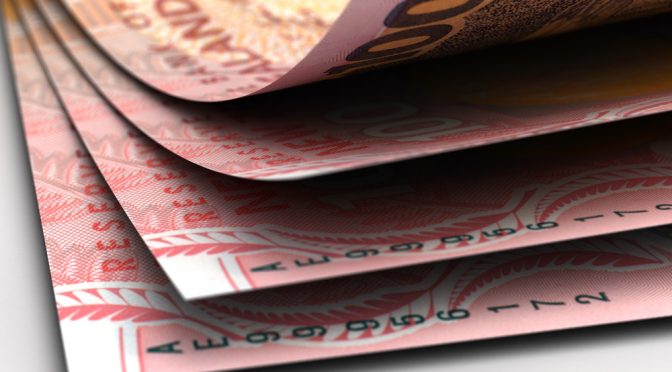
The New Zealand Dollar continues to trade on a weak footing and has now moved to its lowest level since May as a combination of factors continue to exert downward pressure. The domestic economy is still experiencing patchy momentum as late-cycle challenges are appearing; indicators are showing a declining contribution from residential investment as well as a moderation in credit growth. This dynamic, alongside subdued inflationary pressure, is likely going to see the RBNZ refrain from joining the hawkish tide in G10 central banks.
The divergence between the policy and outlook of the RBNZ and other central banks is weighing on New Zealand’s yield advantage which is especially damaging at the moment given that the flow backdrop has shifted and the country’s terms of trade, which is near record highs, is set to moderate. Another important aspect to highlight in the current environment is that New Zealand’s broad basic balance of payments has moved back into deficit after being in surplus over H2 2016, over which period the New Zealand Dollar outperformed.
Political Uncertainty Weighing
Continued political uncertainty is also putting pressure on NZD. While this theme isn’t likely to persist as a driver as investors are expecting to receive clarity on the political situation this week. However, the composition of the next government could have an impact on the growth outlook as well as market expectations for RBNZ policy and as such is being closely watched at the moment.
Given the current perception, and indeed, implications of some of the key election policies it appears that a shift in government away from the incumbent Nationals would result in a notable bearish NZD reaction. Similarly, although a government led by the Nationals will likely result in a relief rally, this should be seen as an opportunity to sell NZD at better levels as the current fundamental picture still points to further downside.
Election Anxiety
The final count of the 2017 general election revealed a two-seat swing against the incumbent National Party when compared against preliminary results. As the National Party holds 56 seats and the Labour/Green alliance holds 54 seats, it is feasible that either party could form a government with a comfortable majority with the help of NZ First who hold 9 seats. In fact, given the current split, NZ First will have a considerable amount of bargaining power as it stands to be the party who effectively crown the government. Negotiations between the parties continue at this moment, but NZ First leader Winston Peters has indicated that a decision will be made by October 12.














Leave A Comment